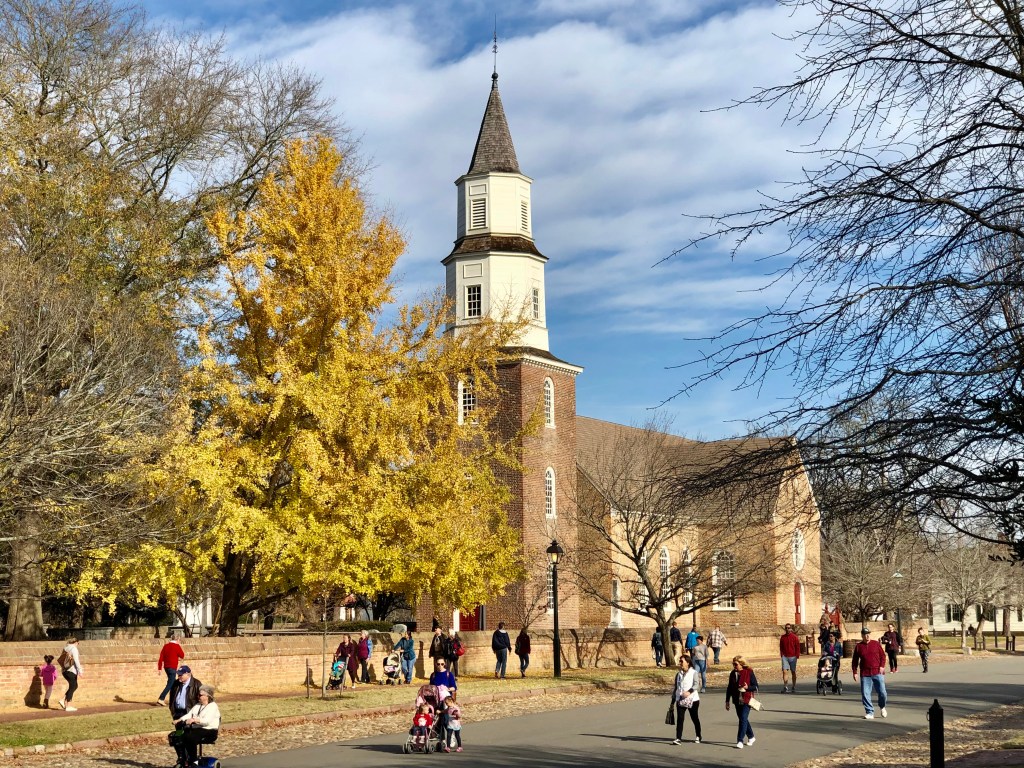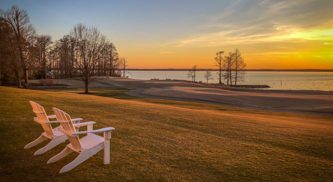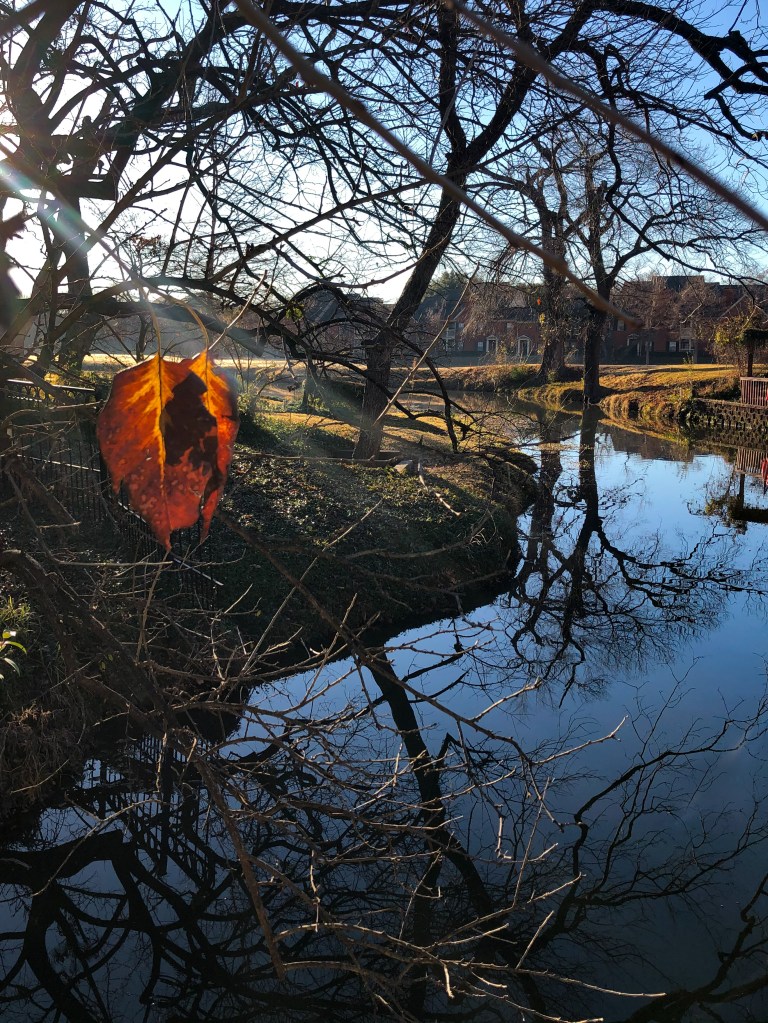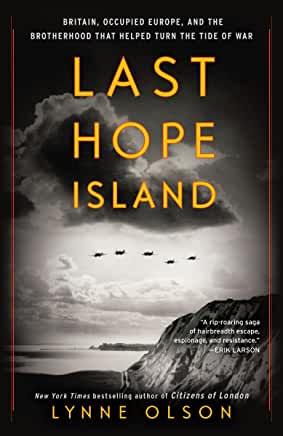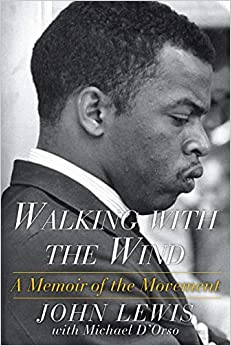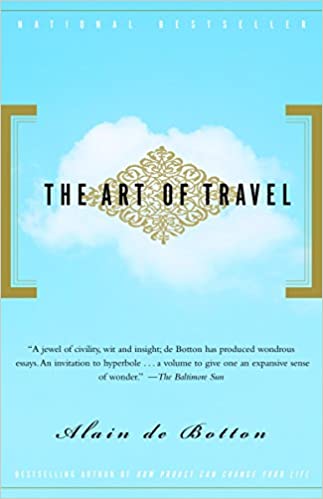I live in Virginia now. Having moved here from Texas, the scenery and cultural changes have been noticeable, and to my liking.
It is easy to imagine colonial life in America when walking in the restored town of Williamsburg, when George Washington and Thomas Jefferson and Patrick Henry and many other familiar historical names gathered frequently in the eighteenth century to contemplate a revolution. The disparate thirteen British Colonies in America were anything but united in their needs and visions for health, happiness and prosperity, and yet somehow, over time, a plan was developed to address those goals as purposes in common through the brilliant and tireless efforts of colony representatives.
The same bell that will ring out in Williamsburg’s Bruton Parish Church this July 4th, rang out on July 4th in 1776 when the grand experiment of an independent nation got underway. I love that binding tie of auditory history to current life, and can’t help but wonder how our forefathers would undertake the task of uniting our contemporary disparate visions were they with us today.
